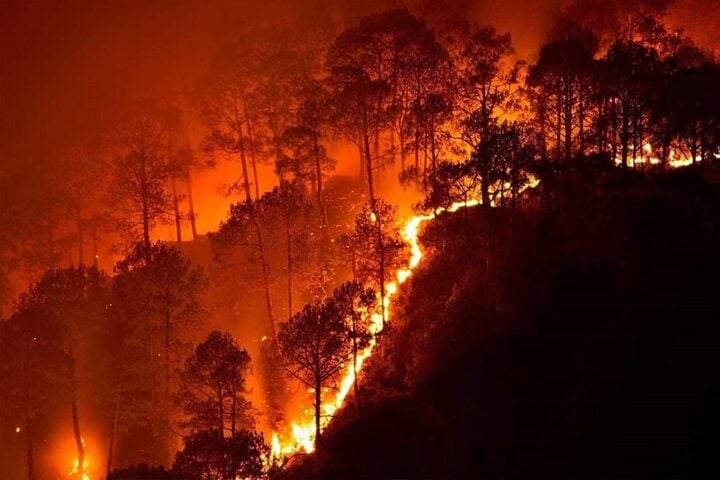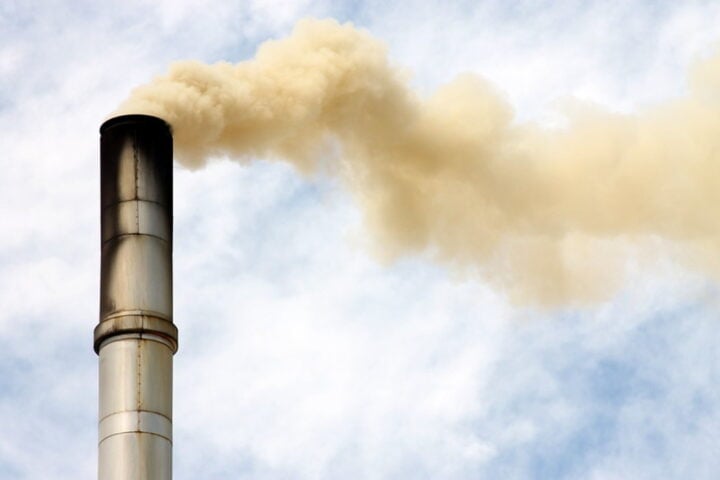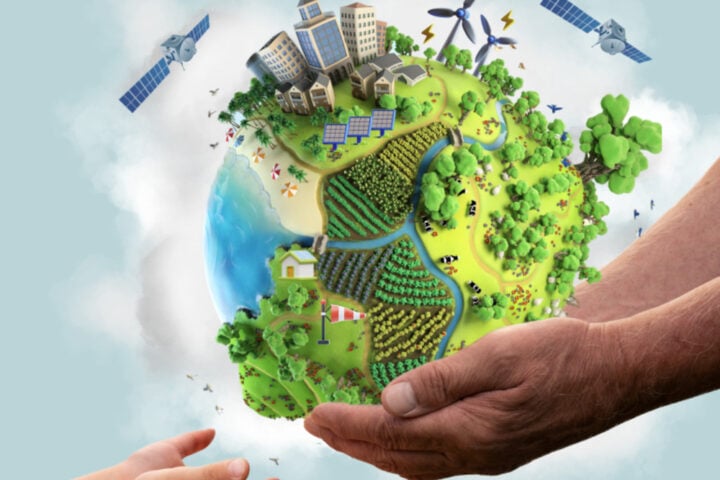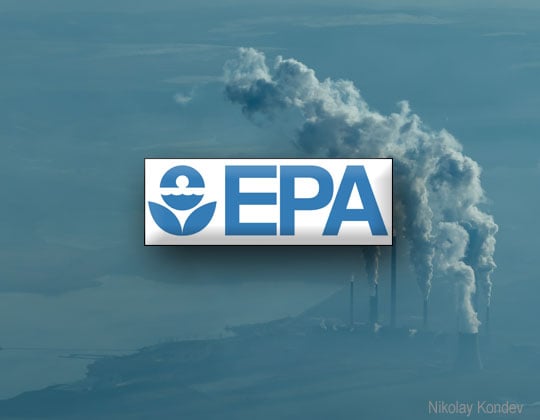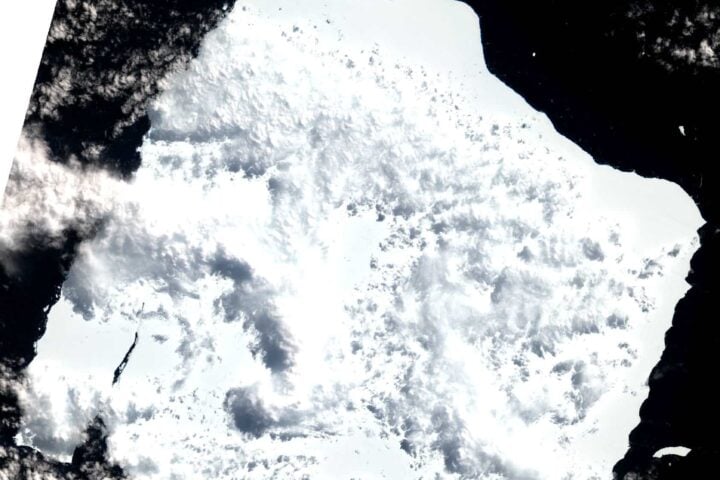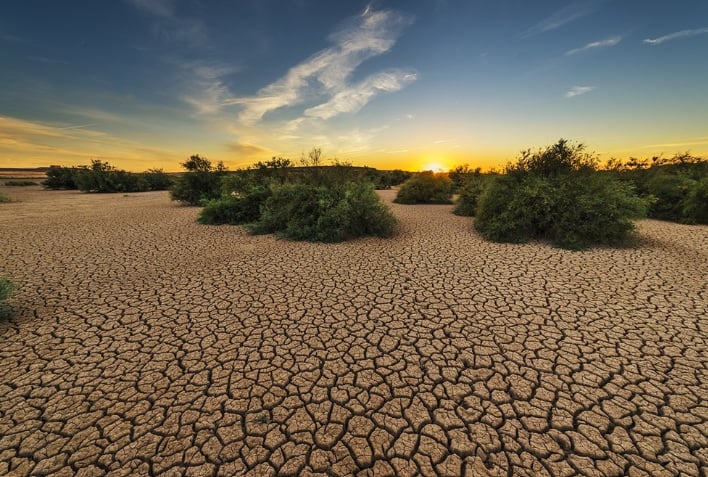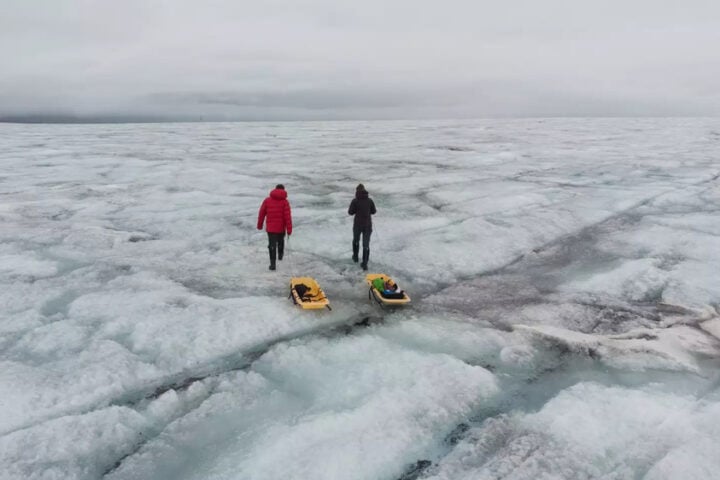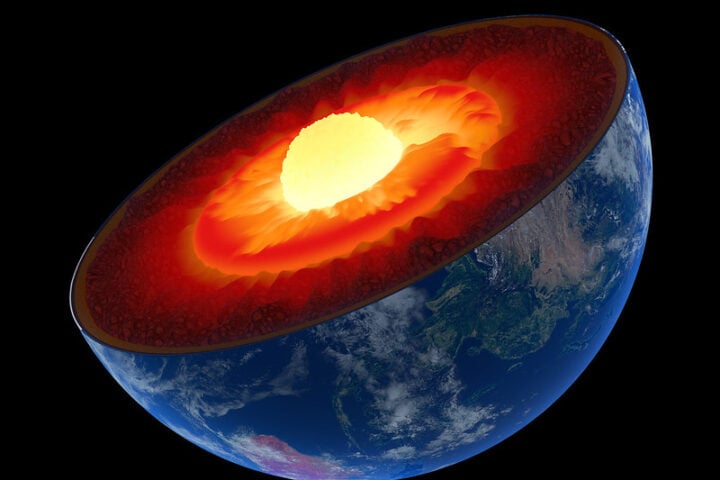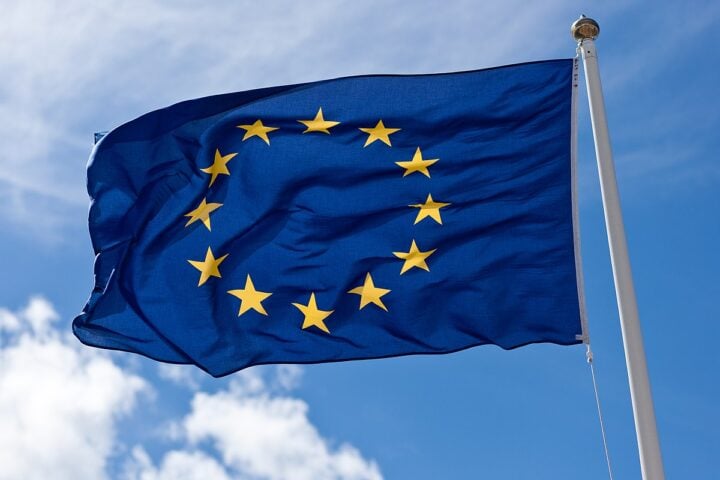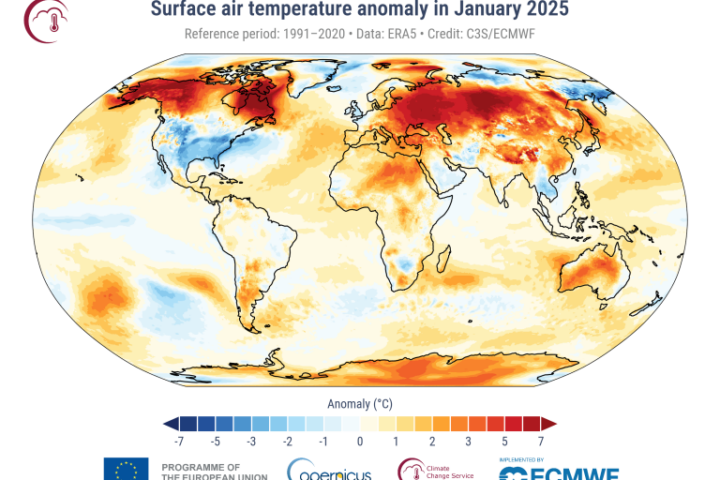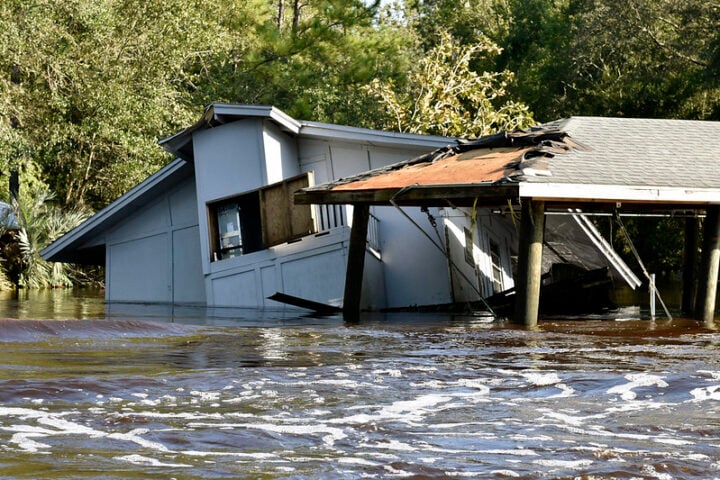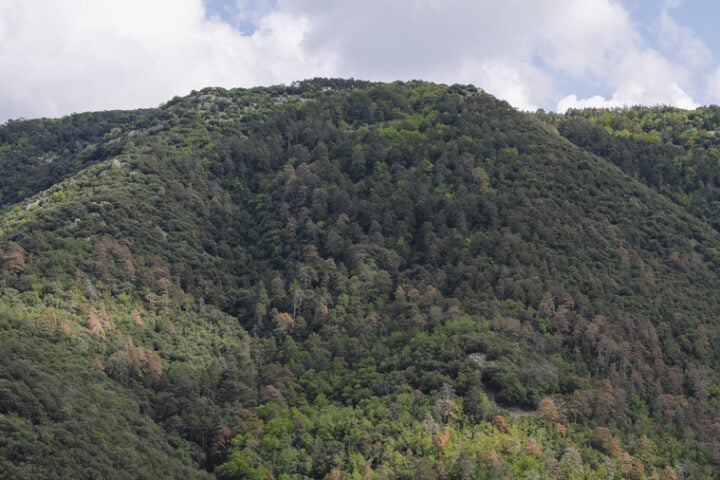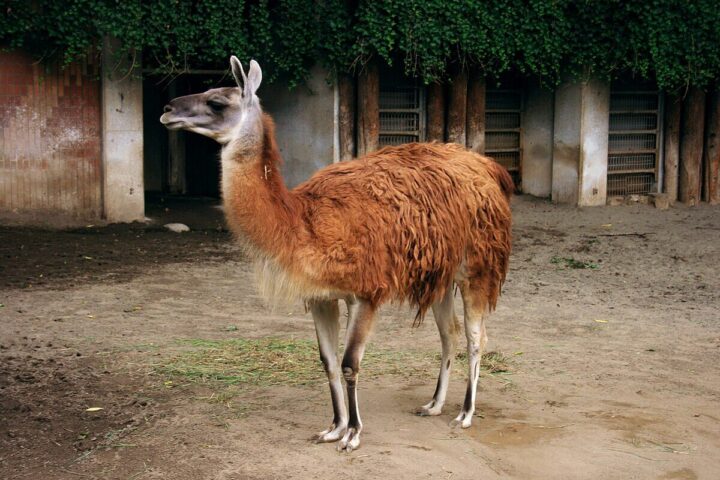April 22, 2025 marks Earth Day’s 55th anniversary, and Google celebrates with a striking departure from artistic illustrations. Today’s Google Doodle features actual satellite imagery of six ecosystems worldwide spelling “G-O-O-G-L-E,” offering a space-eye view of our planet’s beauty and vulnerability. This data-centered approach amplifies the 2025 theme “Our Power, Our Planet” — a call for renewable energy transition and collective climate action.
From Space to Screen: Google’s Planetary Portrait
Google’s satellite Doodle transforms abstract climate data into visual evidence of Earth’s changing ecosystems. Each letter captures a different biome facing climate impacts:
The first “G” showcases the Maldives’ coral atolls and turquoise waters. This low-lying island nation faces existential threats from sea-level rise, with projections suggesting substantial portions could become uninhabitable by mid-century. Around 90% of islands already experience severe erosion, while the catastrophic 2016 coral bleaching affected approximately 60% of reefs. These ecosystems support nearly half the nation’s GDP through tourism and fisheries. Adaptation costs for sea-level rise alone are estimated at $2-4 billion, according to the country’s submissions to the UNFCCC.
The first “O” captures the French Alps’ ice-covered peaks. Alpine glaciers are retreating at accelerating rates, with Swiss glaciers losing a catastrophic 10% of their volume between 2022-2023 alone, according to monitoring reports. This rapid melt disrupts water availability for agriculture, hydropower, and drinking water across Europe’s major river systems including the Rhone, Po, Rhine, and Danube. The melting ice increases natural hazard risks and alters international borders as glaciers defining boundaries between countries like Switzerland and Italy retreat.
The second “O” displays Quebec’s Cote-Nord region, where boreal forests line the St. Lawrence River. These northern woodlands store enormous carbon quantities—more than all recoverable oil reserves combined—particularly in peatlands and soils. Industrial logging practices release this stored carbon while climate change warms northern regions up to four times faster than global averages. This warming extends wildfire seasons and increases insect outbreak vulnerability, potentially converting parts of the boreal from carbon sink to source.
The second “G” reveals Argentina’s Mendoza Province, famous for Malbec vineyards sustained by Andean snowmelt. Climate change alters this water system, with projections showing earlier spring runoff but reduced summer water availability during critical growing periods. Rising temperatures advance grapevine bud break, flowering, and ripening while increasing sugar content and potentially reducing yields. Water stress compounds existing pressures on groundwater from flood irrigation techniques, creating conflicts among users and threatening the region’s primary economic driver.
The “L” frames southeastern Utah’s dramatic canyons and mesas. These landscapes face intensifying aridity, with future “megadroughts” potentially exceeding anything recorded in the past millennium. Altered precipitation patterns and increased temperatures accelerate erosion, particularly damaging biological soil crusts—communities of cyanobacteria, lichens, and mosses that stabilize soil, retain water, and cycle nutrients in these fragile drylands.
The “E” depicts western New South Wales, Australia, where drought resilience faces unprecedented tests. The 2018 drought affected over 99% of the state, causing agricultural losses, rural economic hardship, and mental health impacts. Climate projections show reduced cool-season rainfall critical for agriculture alongside more frequent and severe heatwaves, pushing even drought-adapted systems beyond their limits.
Earth Day at 55: From Grassroots to Global Movement
Earth Day originated April 22, 1970, when Wisconsin Senator Gaylord Nelson and activist Denis Hayes organized a nationwide environmental “teach-in.” Approximately 20 million Americans participated, channeling anti-war protest energy toward environmental protection. This massive public pressure helped establish the Environmental Protection Agency and create landmark legislation including the Clean Air Act, Clean Water Act, and Endangered Species Act.By 1990, Earth Day expanded globally, engaging 200 million people across 141 countries and building momentum for the 1992 UN Earth Summit in Rio de Janeiro. Today, celebrated in over 190 countries, Earth Day represents the largest secular observance worldwide.
Similar Posts
“Our Power, Our Planet”: Renewable Energy Imperative
The Earth Day 2025 theme centers on accelerating global renewable energy adoption, specifically:
- Tripling global renewable electricity generation by 2030 through solar, wind, hydroelectric, geothermal, and tidal power expansion
- Eliminating fossil fuel subsidies and transitioning away from coal, oil, and gas
- Ensuring equitable clean energy access across all communities, recognizing energy justice as environmental justice
- Mobilizing governments, industries, and individuals toward systemic energy transformation
As EARTHDAY.ORG President Kathleen Rogers emphasizes, renewable energy offers pragmatic solutions benefiting economies, job creation, public health, and energy independence—transcending political divisions through practical climate action.
The Overview Effect: Earth’s Interconnected Systems
Google’s satellite imagery approach evokes what astronauts call the “Overview Effect“—the cognitive shift experienced viewing Earth from space. This perspective erases national borders and reveals Earth as an integrated living system with a fragile atmosphere. Studies show this viewpoint fosters pro-environmental attitudes and global citizenship awareness by making abstract climate concepts visually concrete.
Google continues evolving its Earth Day Doodles toward data-driven environmental advocacy. This year’s satellite imagery selection conveys climate impacts through observable evidence rather than artistic interpretation, reflecting growing urgency for evidence-based climate action.

From Digital Awareness to Environmental Action
Google’s 2025 Earth Day Doodle transforms detached satellite technology into a tool for planetary connection. The images aren’t just letters—they’re windows into ecosystems under pressure, from Maldivian reefs to Andean glaciers, Canadian forests to Australian drylands.
The “Our Power, Our Planet” theme reframes the climate conversation from doom-scrolling to action-taking. It recognizes our collective power to shift toward renewable energy, conservation, and environmental protection through individual and systemic changes:
- Supporting renewable energy through community solar programs and policy advocacy
- Reducing consumption through minimizing waste and sustainable choices
- Engaging elected officials on environmental legislation
- Participating in local conservation projects like cleanups and tree planting
As Earth Day reaches its 55th anniversary, Google’s satellite perspective helps us see beyond borders to our shared planetary future, where human wellbeing and environmental health remain inextricably connected.




